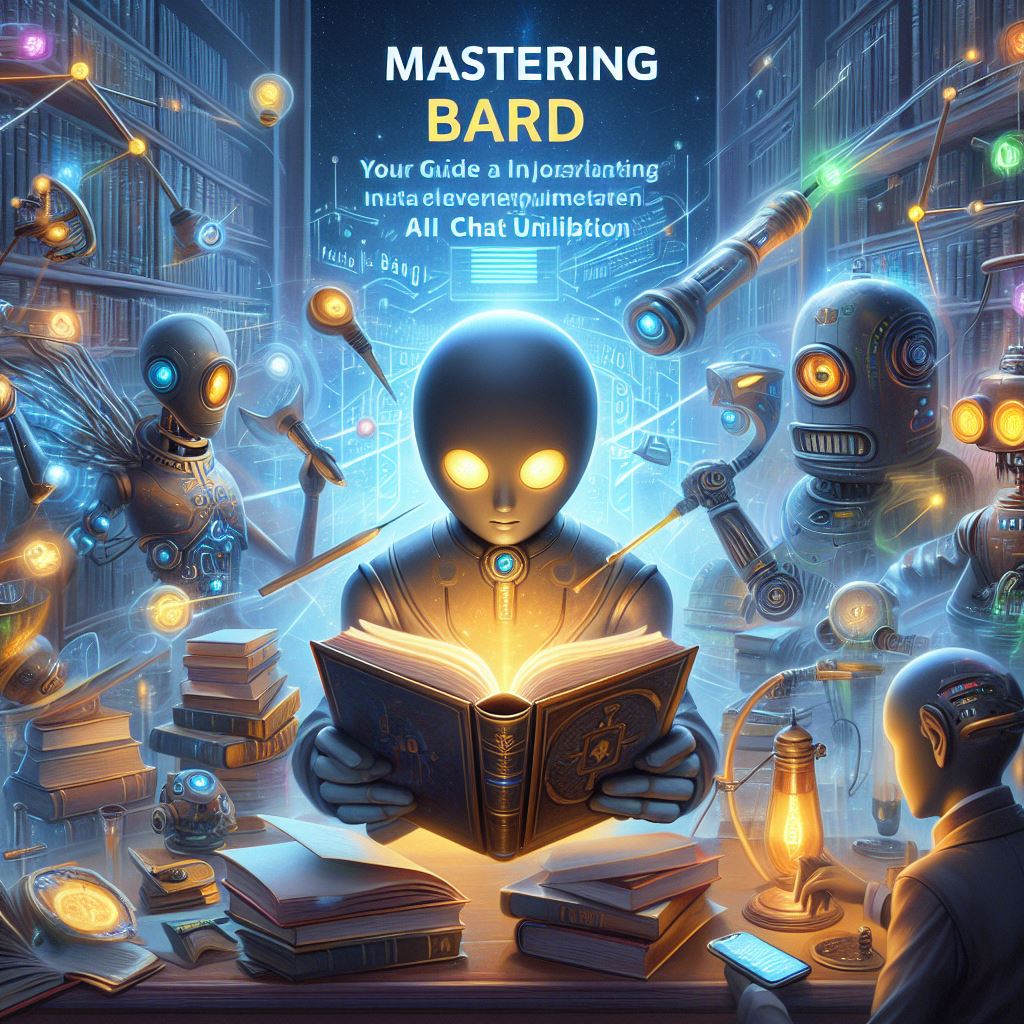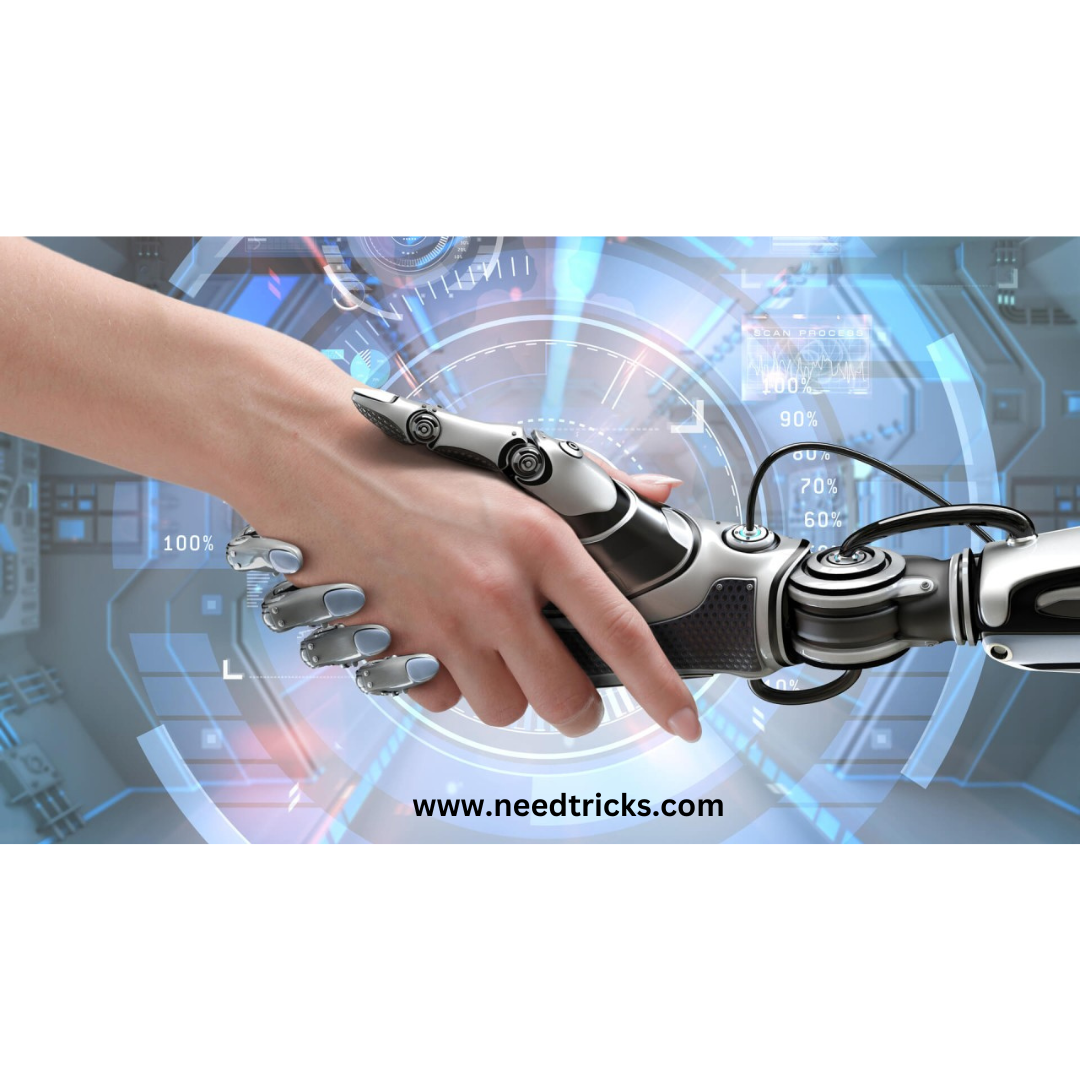As an AI language model, ChatGPT is an incredible tool that can provide endless possibilities for learning, communication, and problem-solving. However, there are also concerns about its dark side. While ChatGPT is a machine designed to assist humans, it is not without its flaws and potential negative consequences.
In this blog, we’ll explore some of the things that ChatGPT can do, even though it shouldn’t.
1.Spread Misinformation:
One of the biggest concerns about AI language models like ChatGPT is their ability to spread misinformation. ChatGPT can generate text that sounds convincing, but the information may be completely false or misleading. This is particularly dangerous when it comes to topics like politics or health, where false information can have serious consequences.
2.Create Malicious Content:
ChatGPT can be used to generate malicious content such as fake news, phishing emails, and scam messages. These types of messages can be used to steal personal information or money from unsuspecting victims. ChatGPT can also generate offensive or inappropriate content that can harm individuals or groups.
3.Manipulate Emotions:
ChatGPT can be used to manipulate emotions by generating text that evokes strong feelings. This can be used for both positive and negative purposes, such as influencing people’s opinions or manipulating them for financial gain. This type of manipulation is particularly concerning when it comes to vulnerable populations, such as children or individuals with mental health issues.
4.Invade Privacy:
ChatGPT can be used to generate text that invades someone’s privacy, such as revealing personal information or publishing private conversations. This can be particularly harmful when it comes to cyberbullying or online harassment.
5.Reinforce Biases:
AI language models like ChatGPT are only as unbiased as the data they are trained on. If the data is biased, then the output of the model will also be biased. This can reinforce existing biases and stereotypes, which can lead to discrimination and inequality.
Conclusion
While ChatGPT has the potential to be an incredible tool for communication and problem-solving, it is not without its risks. The dark side of ChatGPT can include spreading misinformation, creating malicious content, manipulating emotions, invading privacy, and reinforcing biases. As AI technology continues to advance, it is crucial that we take these risks seriously and work to mitigate them. This includes developing ethical guidelines and regulations for AI use, as well as ensuring that the data used to train AI models is unbiased and representative of diverse perspectives.











